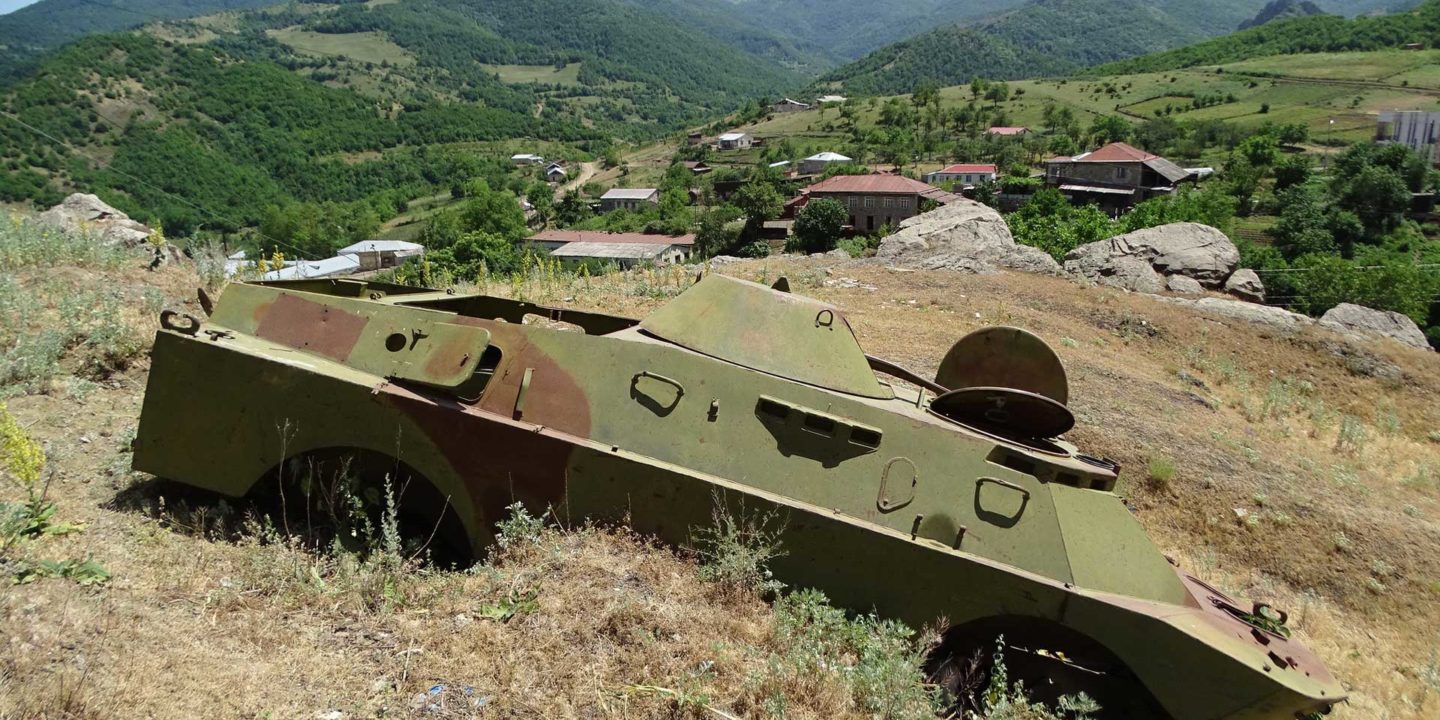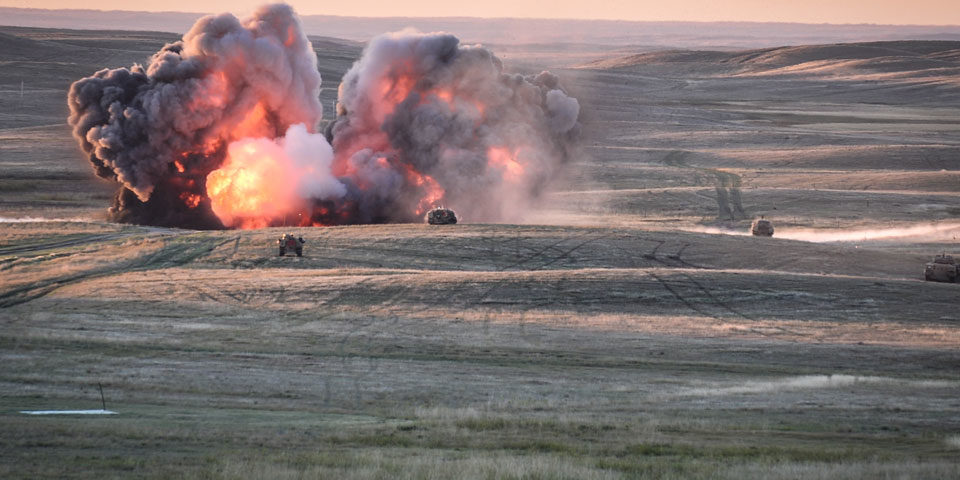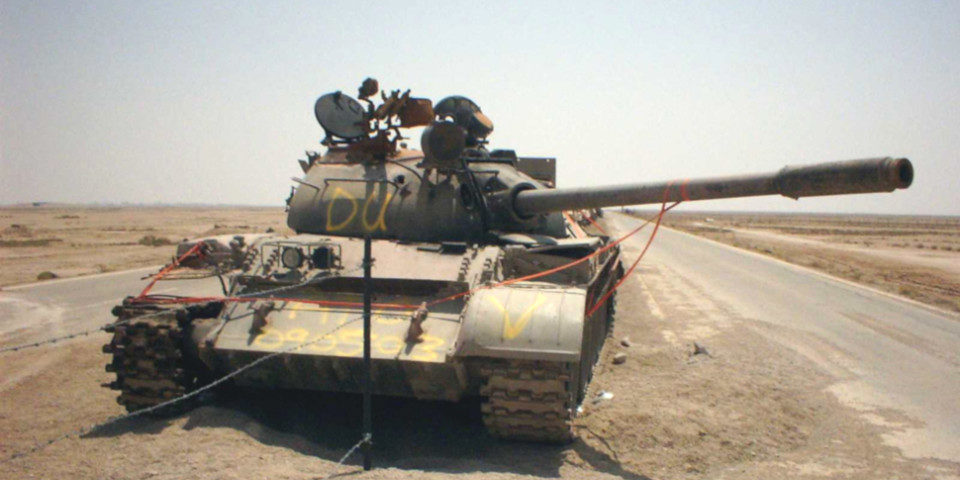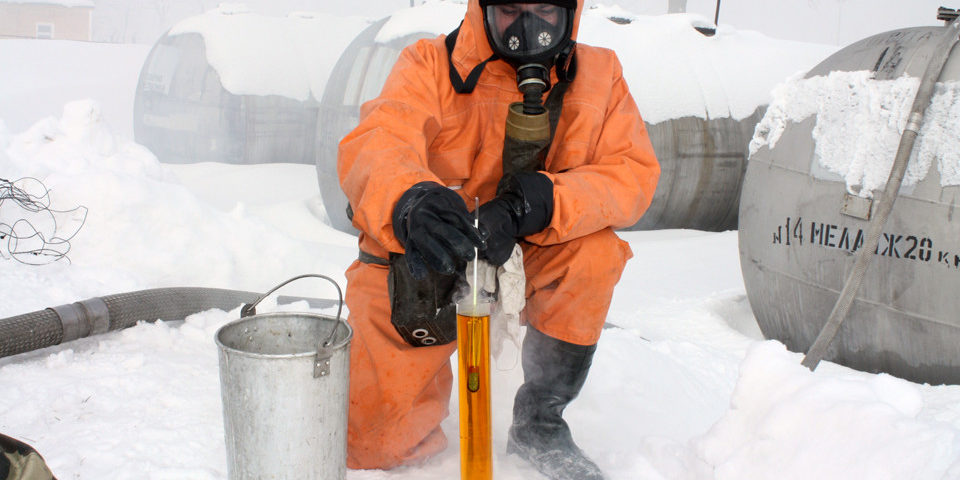Report: Investigating the environmental dimensions of the 2020 Nagorno-Karabakh conflict
Report providing initial analysis of the environmental dimensions of the 2020 conflict between Armenia and Azerbaijan over Nagorno-Karabach, and which considers environmental propaganda, the use of incendiary weapons, and water and mineral resources.








